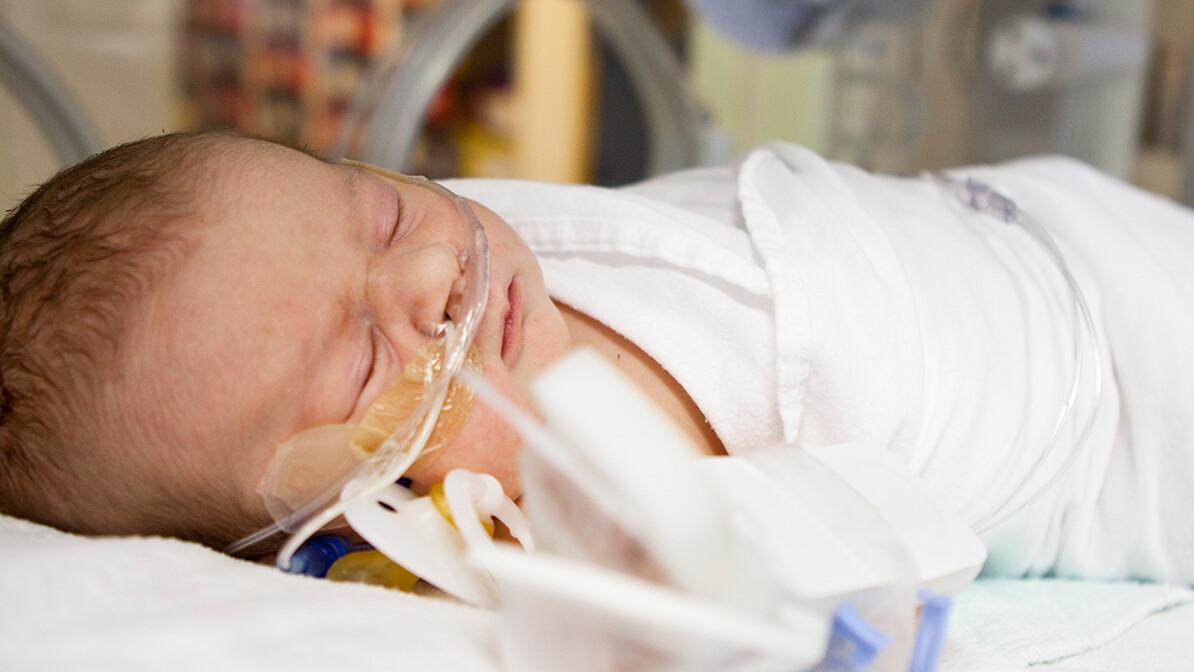Related Articles
If God Is a Loving God, Why Is There So Much Pain in This Life?
Why is there so much pain in this life? This heartfelt article wrestles with that question through…
Raising Faithful Kids in a Culture That’s Lost Its Way
Raising faithful kids in a culture that’s lost its way can feel overwhelming—but it’s not…
Role Reversal: Caring for Our Caretakers
Few of us are prepared for the role reversal that comes with caring for those who were once our…
My Journey Through Motherhood
In Jessica Cerullo’s journey through motherhood, she’s discovered that raising children is both a…
Next Steps To Strengthen Your Walk
Inspiration Today Newsletter
Supercharge your faith and ignite your spirit. Find hope in God’s word. Receive your Inspiration Today newsletter now!
Christian Articles
Find articles to strengthen your walk and grow your faith. We have a wide range of topics and authors for you.
Submit A Prayer Request
We are here for you. Simply click on the button below to reach us by form, email or phone. Together we will lift our hearts and voices with you in prayer.






